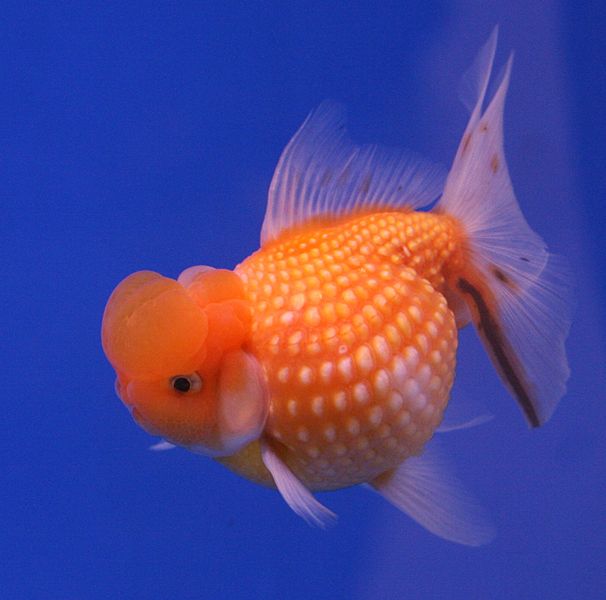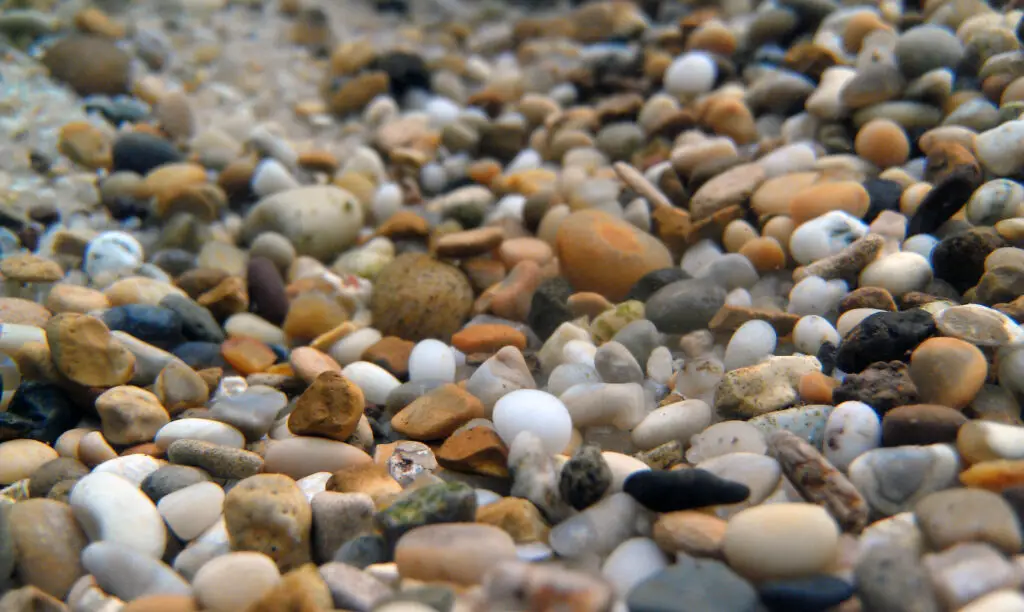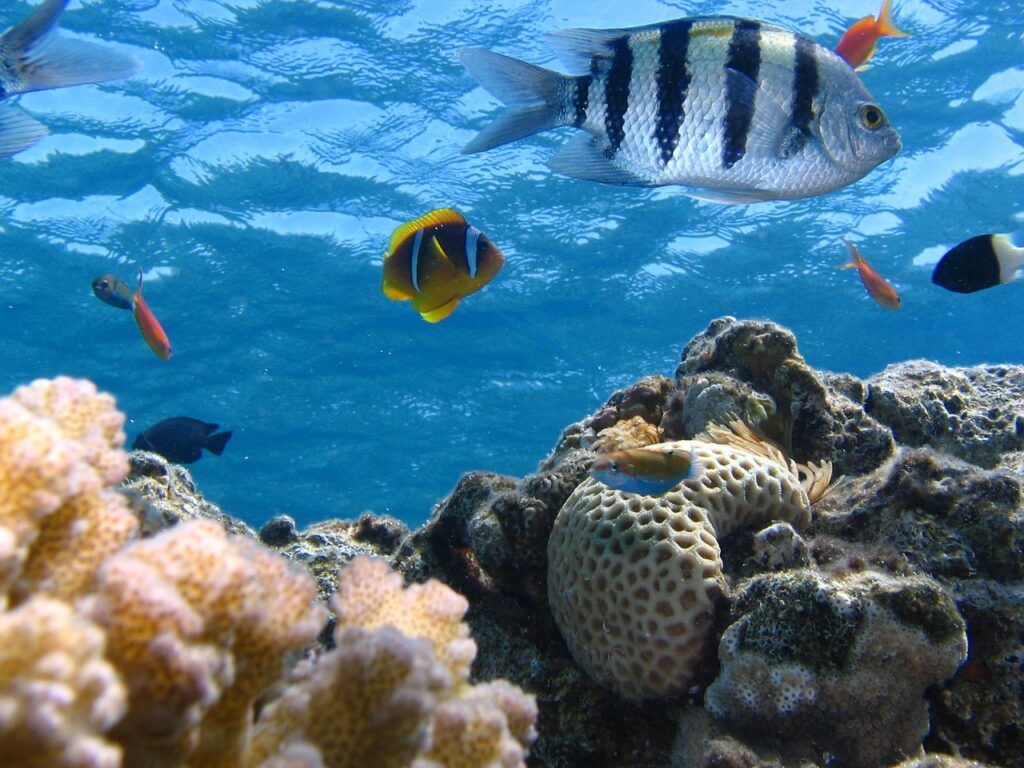So you’re looking around at your local pet store at all the weird-looking goldfish and wondering why they look deformed.
Goldfish varieties often look deformed due to inbreeding. Breeders often design goldfish to get the most aesthetically pleasing fish possible. Goldfish can also look deformed due to tuberculosis, scoliosis, or tumors.
And there you have it! That funny-looking goldfish might be deformed, but it was likely intentional! In the rest of this article, we’ll be breaking down why goldfish look deformed and a few common health issues involved with the deformities.
Why do goldfish look deformed?
Goldfish are the iconic little fishbowl fishes. However, there are now over 125 different varieties of goldfish. How did so many goldfish varieties suddenly appear? Breeding.
While some consider these goldfish to be fancy and beautiful, they are also very fragile and have many health issues. Their unique features are often a danger to them, making them vulnerable.
Breeding is the main reason why goldfish sometimes look deformed. A breeder is warping the natural goldfish with every attempt to make a designer fish. Sometimes it can go wrong, making the fish unattractive or giving them a poor quality of life.
What does it mean when a goldfish is bent?
Curved or bent goldfish have trouble swimming, so they spend most of their time at the tank’s bottom. Some goldfish look bent or have a curved spine due to health issues such as scoliosis or tuberculosis.
Scoliosis is one of the worst diseases that your goldfish can get. The disease can occur for many reasons, including inbreeding, poor tank conditions, and vitamin C deficiency, and causes your goldfish’s spine to take a “C” or “S” shape.
Goldfish, like people, can contract tuberculosis. The disease can take months or years to develop fully. While other symptoms, such as lethargy, will be seen in the goldfish, the most common symptom is a bent spine.
An altercation with an object in the tank or another fish may also bend your goldfish’s spine.
Can you fix a bent goldfish?
Most often, a bent goldfish’s condition is untreatable. Because it greatly lowers the fish’s quality of life, some fish experts will recommend euthanizing them. Before agreeing to euthanize your fish, you should know there are possible treatments for a bent goldfish.
The first thing you should do is isolate the fish from the others in the tank. Tuberculosis is contagious, so it is best to remove the fish to keep the others safe.
Your first option is to improve tank conditions. Here are a few tips:
- Ensure that your water’s temperature remains stable and does not fluctuate.
- Add an air stone to your tank for increased filtration and oxygen.
- Keep the water clean by changing it regularly.
- Add some plants to help lower toxins in the water.
- Add some decorations to provide a hiding place for the goldfish if it gets stressed.
Your second option is to consult an aquatic veterinarian to help you diagnose the sick fish. If your fish is analyzed properly, they may be able to give you a product, such as rifampin, to help treat your fish. It is important to note that no product is guaranteed a good outcome.
Are goldfish deformed?
Not all goldfish are deformed. Goldfish that have been the result of inbreeding or crossbreeding, however, have a higher risk of being impaired. Some consider the deformities to be beautiful or cute, considering them not to be deformities at all.
Goldfish with deformed tails
Tosakin goldfish, also known as curly fan goldfish, is one example of goldfish with deformed tails. First found in Japan, this goldfish breed has a single large fin that fans out behind. The tail is not a whole fin but divided, formed by two halves attached in the middle.
These distinctive goldfish are known as the queens of all goldfish in Japan. The design of the fish makes them more attractive from above- a side view is not as flattering.
Due to their inbred nature, the tosakin goldish are very fragile fish and have many health problems. For example, a tosakin goldfish’s deformed tail makes swimming difficult.
Goldfish with deformed heads
Oranda goldfish are a type of goldfish with a deformed head. This species is recognizable by the fleshy raspberry-shaped overgrowth on top of its head, known as the wen. Unlike the tosakin, the oranda is one of the most popular breeds of goldfish, making it easy to find in pet stores.
Sometimes the wen can grow so large that it covers the eyes of the fish. Due to this, oranda have a high risk of limited eyesight or becoming completely blind.
Goldfish with deformed eyes
Bubble eye goldfish are another variety of deformed goldfish, designed with the eyes in mind. The bubble eye goldfish features two visible eyes pointing upwards on top of two fluid-filled sacs that look like cheeks.
The sacs are very sensitive and could pop easily. It is best to avoid sharp objects in a tank when these fish are around. The fish also has impaired vision due to the eyes pointing upwards.
What causes deformed fish?
There are many different reasons why a fish might be deformed. Some may be born with a genetic condition due to interbreeding, while others develop conditions as time passes.
Often they are also the result of viral infections, such as tuberculosis or tumors.
Fish develop tumors, or cancer, from a genetic predisposition such as inbreeding or via viral infection. There are no cures for tumors or cancer in fish, making euthanization a common practice when such issues become discovered.
Final thoughts
While goldfish are the most iconic fish, there are many goldfish varieties. These varieties do not have wild populations because humans created them by breeding. Goldfish are also prone to getting scoliosis, whether they are fancily produced or not.
If your fish has recently become deformed, it is always a good idea to check in with a fish professional to see if you can do anything to improve their quality of life.



